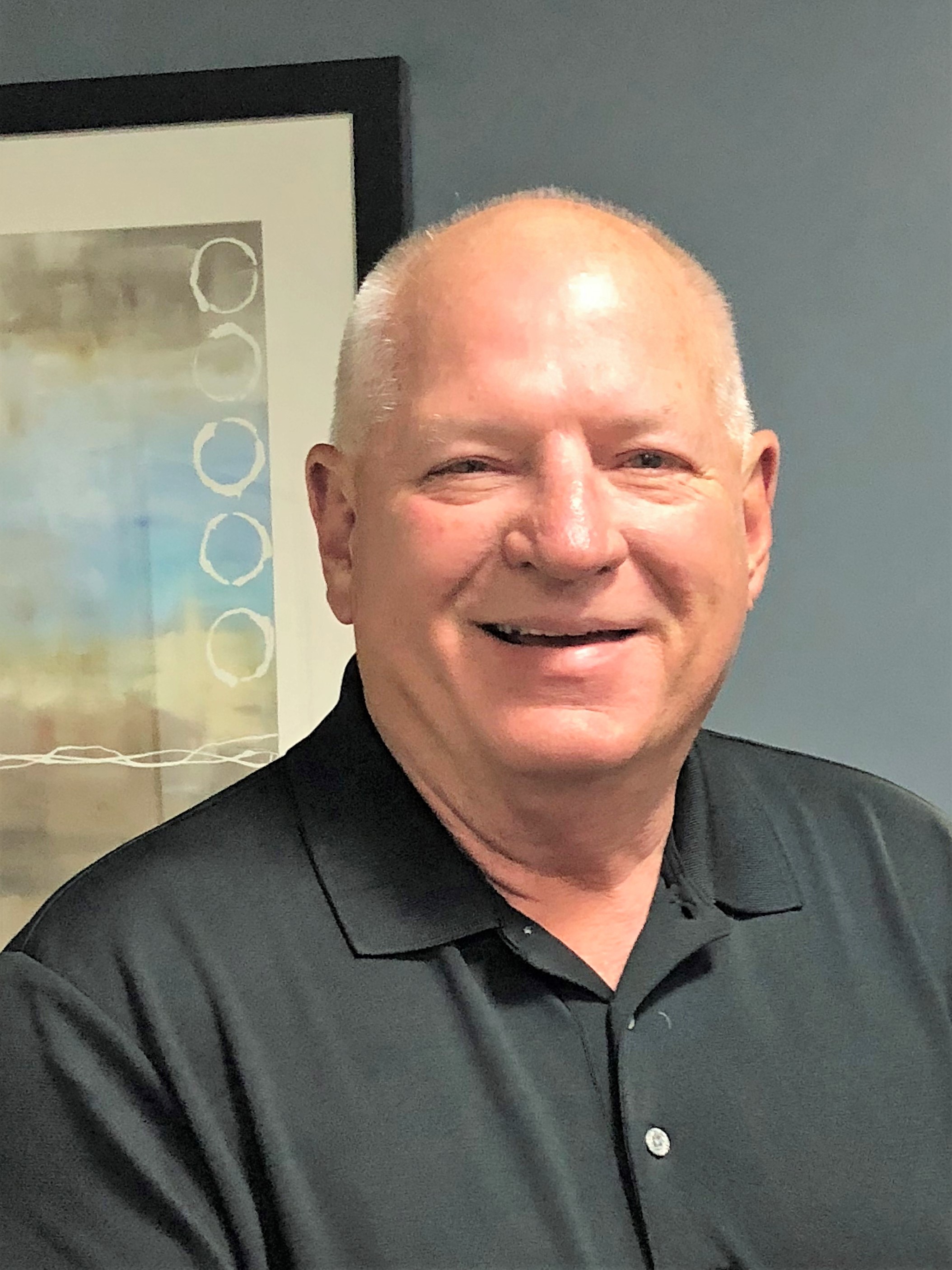
How do I sample gas or liquid streams where there is no standard sampling point available?
At high-temperature, high-viscosity fluid sampling points, does the fluid need to be cooled before sampling?
What are the best practices for sampling foamy hydrocarbon liquids?
If you’ve ever asked these questions – or any others about manual process sampling in a hydrocarbon processing plant – the “Five Things to Know When Sampling in a Hydrocarbon Processing Plant” webcast is for you.
TAKE CONTROL OF YOUR SAMPLING PROCESS
Hydrocarbon Processing recently hosted this webcast to help hydrocarbon processing plants navigate the most common challenges and solutions in manual process sampling. Moderated by Adrienne Blume, the Executive Editor of Hydrocarbon Processing, the webcast featured Sentry’s sampling experts Rod Lunceford and Randy Cruse.
Although manual process sampling plays an important role in a hydrocarbon processing plant, it can be challenging to ensure samples are representative of the process while protecting the operator who is drawing the sample.
What’s more, sampling doesn’t often have an obvious "owner" within the organizational structure of refineries and petrochemical plants – leaving many organizations operating without a system in place to ensure safe, consistent sampling.
Rod and Randy addressed these concerns in the webcast and covered the key considerations in selecting and configuring a sample panel for hydrocarbon applications, including:
- Types of sampling panels
- How to match the sampling panel to your application
- Best practices for maintaining sample panels
- Importance of operator training
- Upgrade options to improve sampling panel reliability
Ready to learn more? Find out how you can take control of hydrocarbon process sampling in Process Sampling 101, our e-book outlining the five best practices for your hydrocarbon processing plant.





